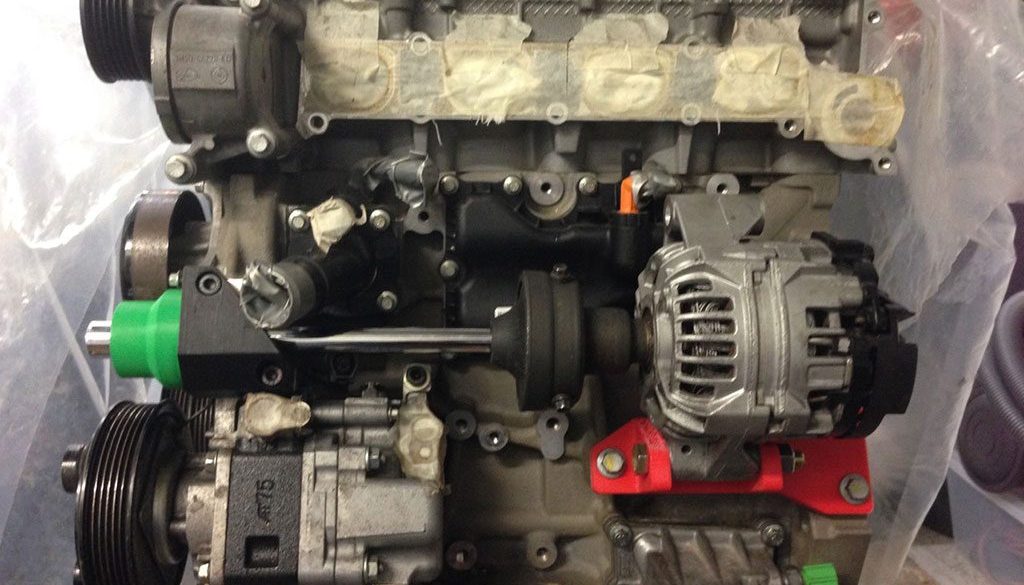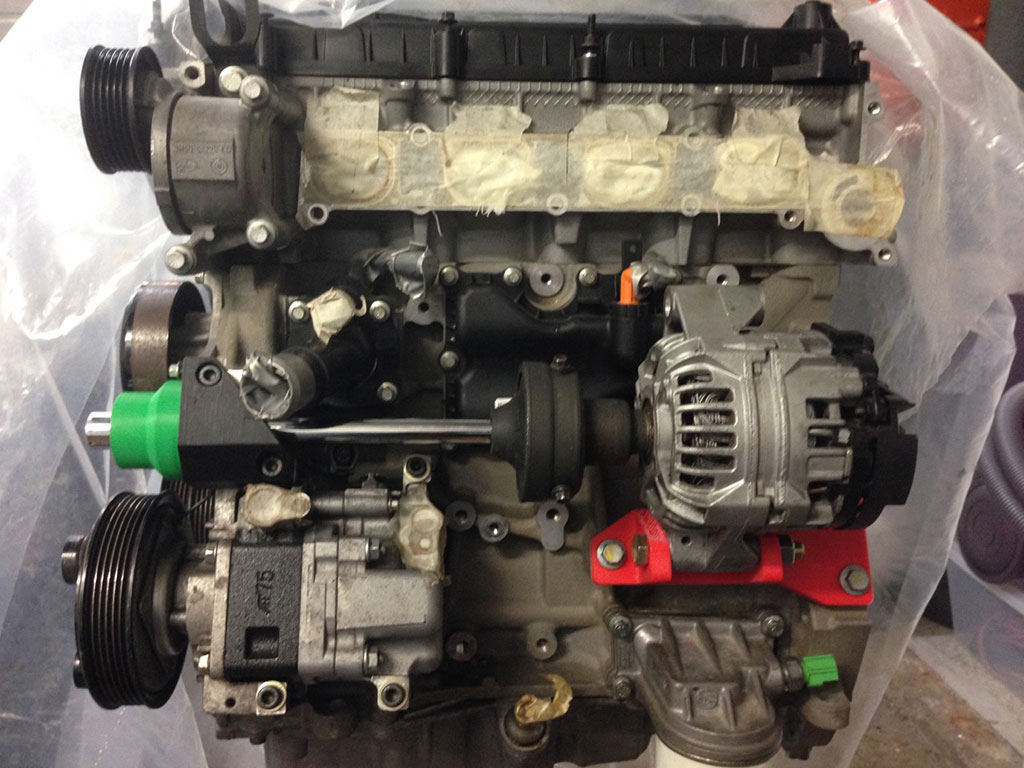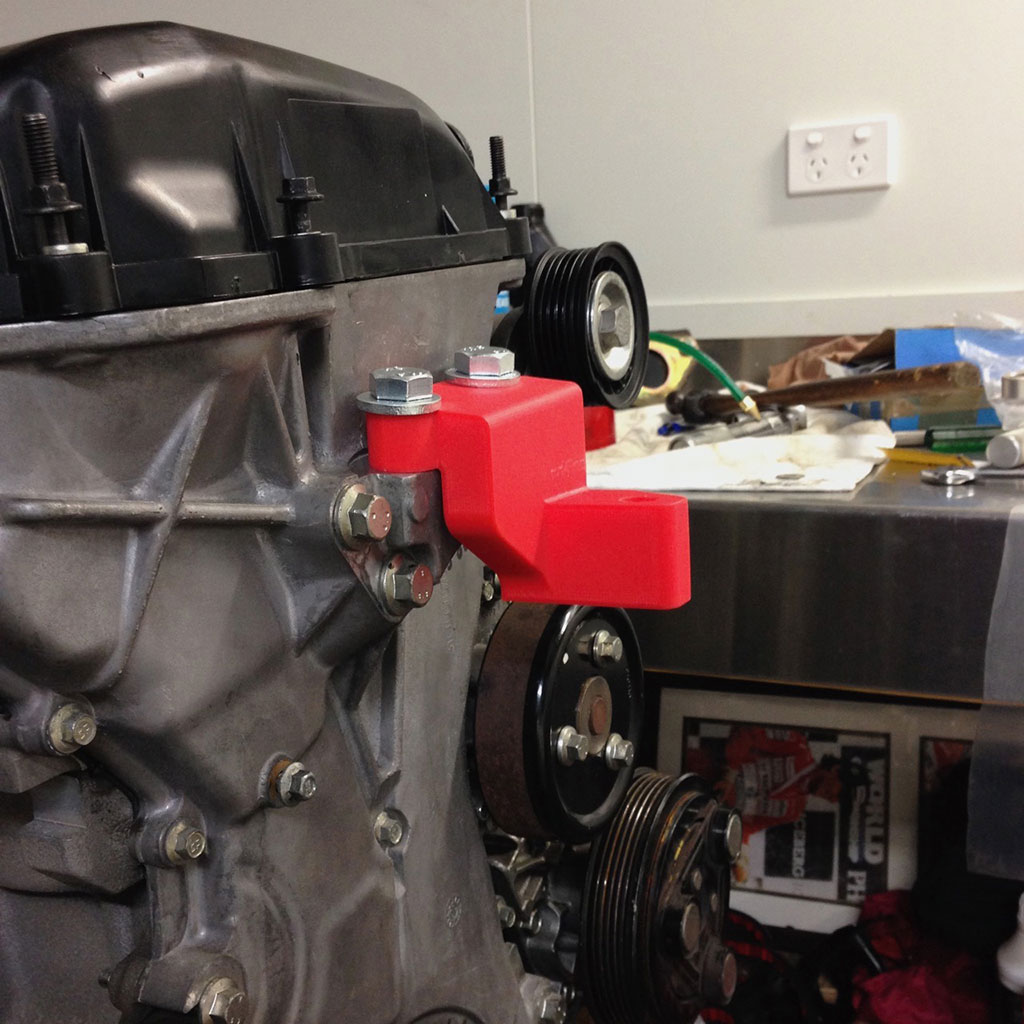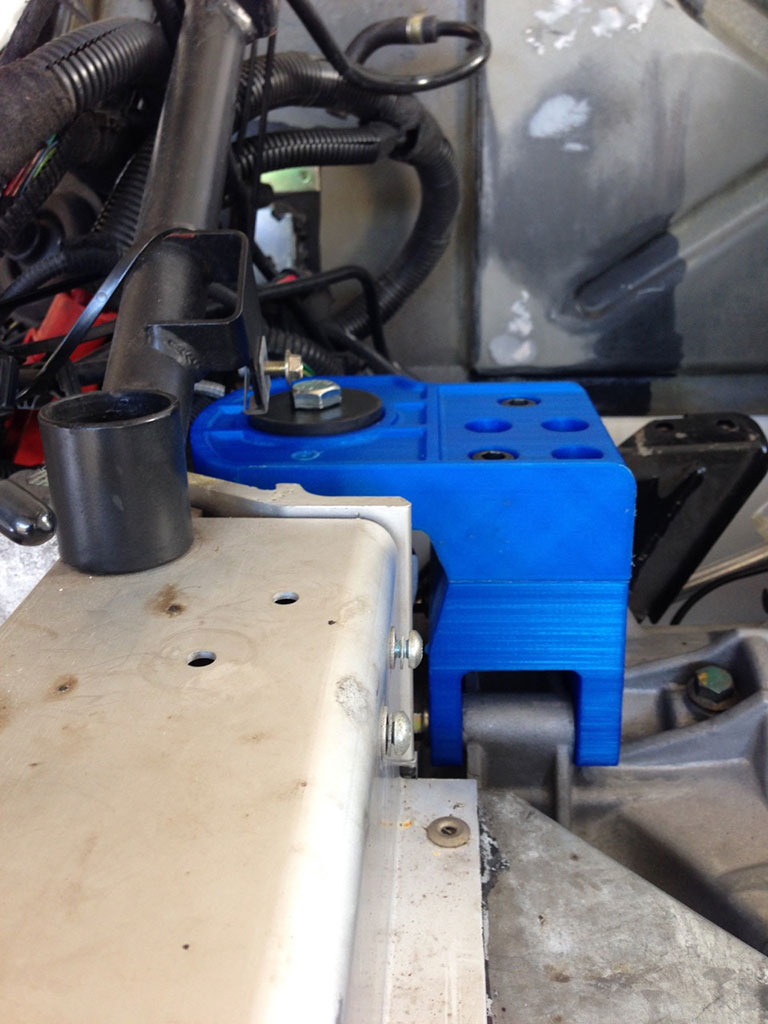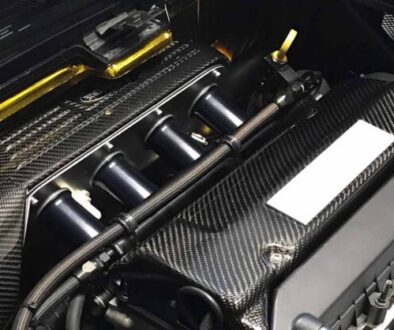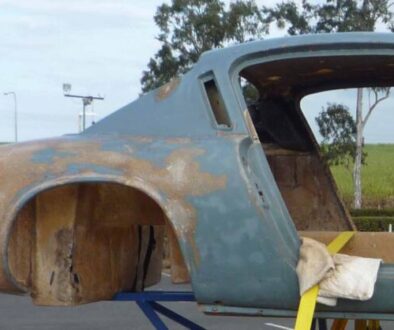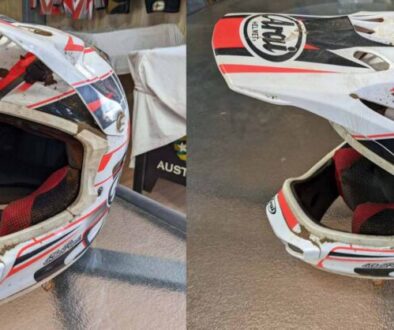Duratec Madness – Part 1
By Joe Arico.
Mike Moore and I have been busy putting Duratec’s into our Elise’s. You will know Mike’s install well from all the great articles he’s written. While our builds use common components, they do differ quite a bit. The most essential ingredient though is the same – they are both built by a couple of car nuts in a shed.
After 18 months of work the car has been a runner now for about 4 months. The first couple of months were painful, sorting out teething issues with the tune. Fortunately, I did get it ready for the final round of the QLD Super Sprints in September (literally the night before!). It was a baptism of fire for the car but I’m glad to report that it survived a 400km round trip to the track and competed all weekend without issue. I even came away with a trophy.
So, let’s rewind back to the beginning. One of the biggest goals when I set out to do the conversion was to be able to retain the air conditioning. In the 8+ years I’ve owned the Elise I’ve put a lot of time into getting the AC to work effectively. I wasn’t going to let all that work go to waste! Besides, if you realistically want to use the car in summer in QLD you really don’t have a choice.
It very quickly became apparent that keeping the AC wasn’t going to be easy though. It was clear I was going to have to think outside the box and do something a bit different. The only way I could fit everything in was to move the alternator to the back of the engine and run it on a shaft. The AC compressor was easy – a standard Mazda 6 compressor bolts straight up to the engine block. I wasn’t making life easy for myself but I was determined not to give up on the idea and give it a go! I just had to make sure that everything else I did supported this design goal.
While I worked out what to do with the AC it also became clear (to both Mike and I) that the partial “kit” purchased out of the UK was not engineered to the level required. Most of the components supplied were good quality but the mounts put the engine in a position that was most definitely going to be problematic. To get acceptable clearance around the front of the engine they needed to be redesigned. This is where the project suddenly got a lot more complicated!
It’s worth saying at this point that when I set out to design all these parts I had none of the CAD skills required. I have a long engineering background but I had never used a 3D design package before. However, I had always wanted to learn. I was fortunate to have access to such a package through my work. It was a steep learning curve but after some head banging I eventually got the hang of it. It really is amazing what you can do with the technology available today!
I was also fortunate to have a good friend at work with a 3D printer so I prototyped many of the parts in plastic before committing to manufacturing in aluminum. After a bit of careful measuring I ended up redesigning the mounts to lower the engine 13mm in the car. This may not sound like a lot but it made a massive difference.
Anyway that’s where I’ll sign off for this issue. I’ll leave you with some pictures of early prototype plastic mounts.

